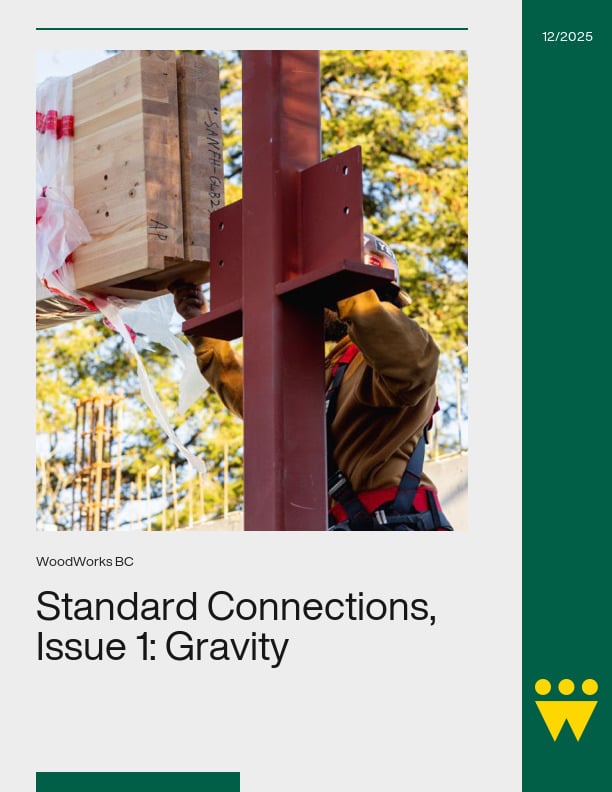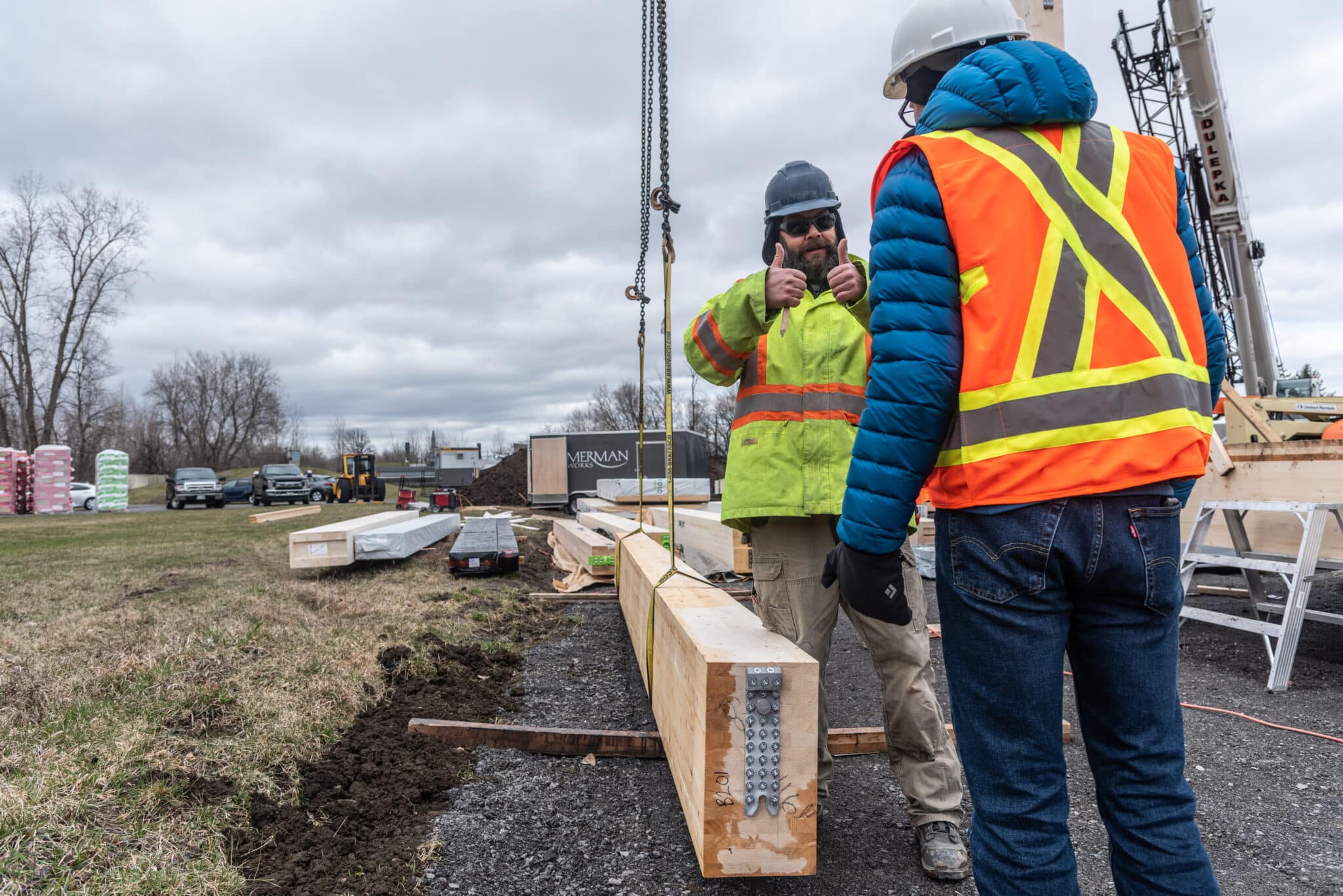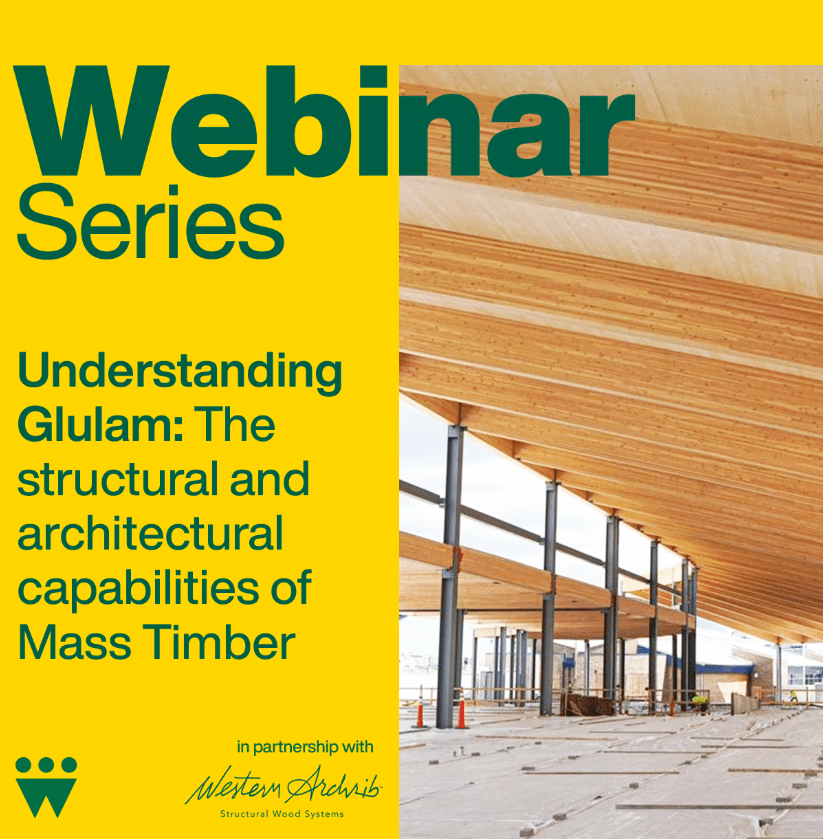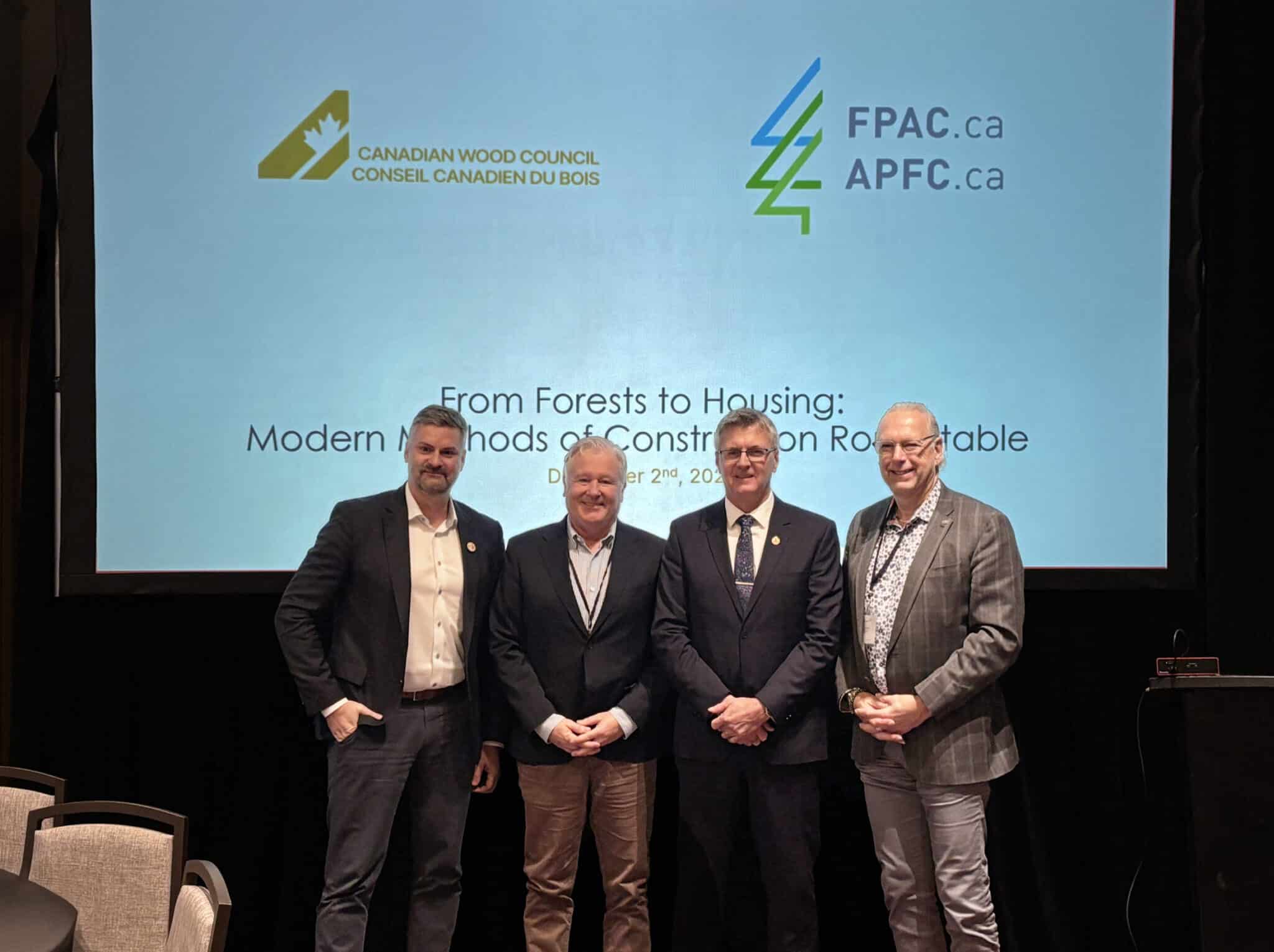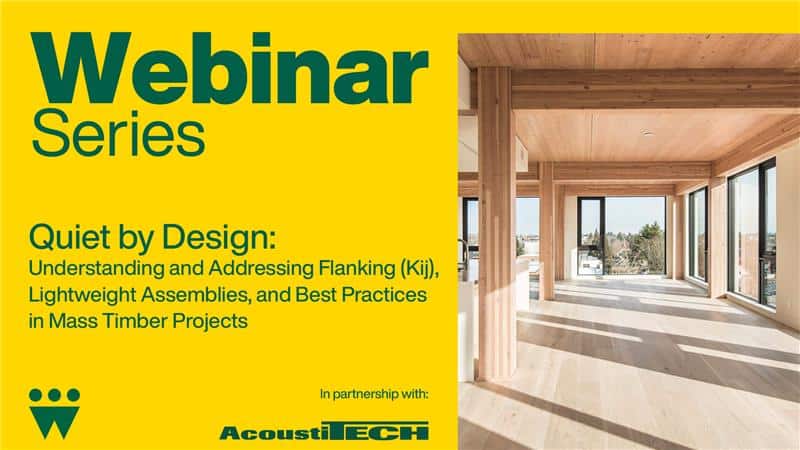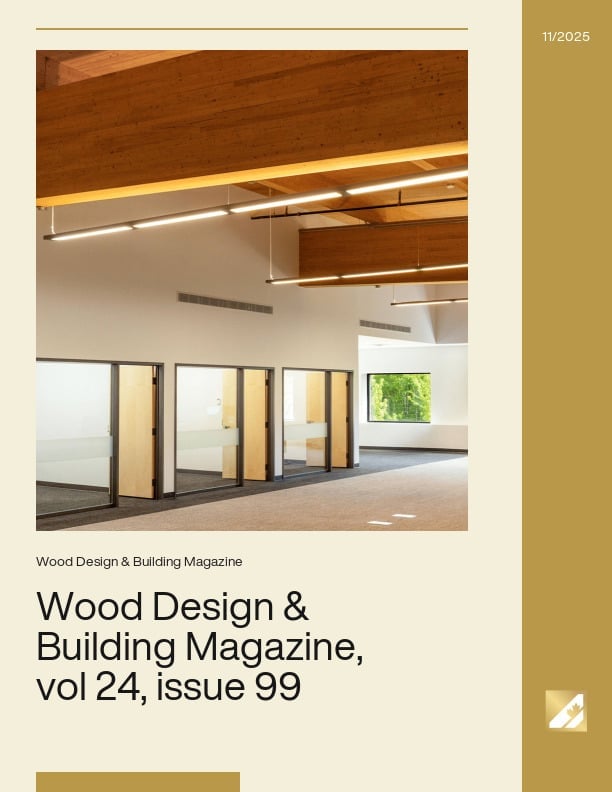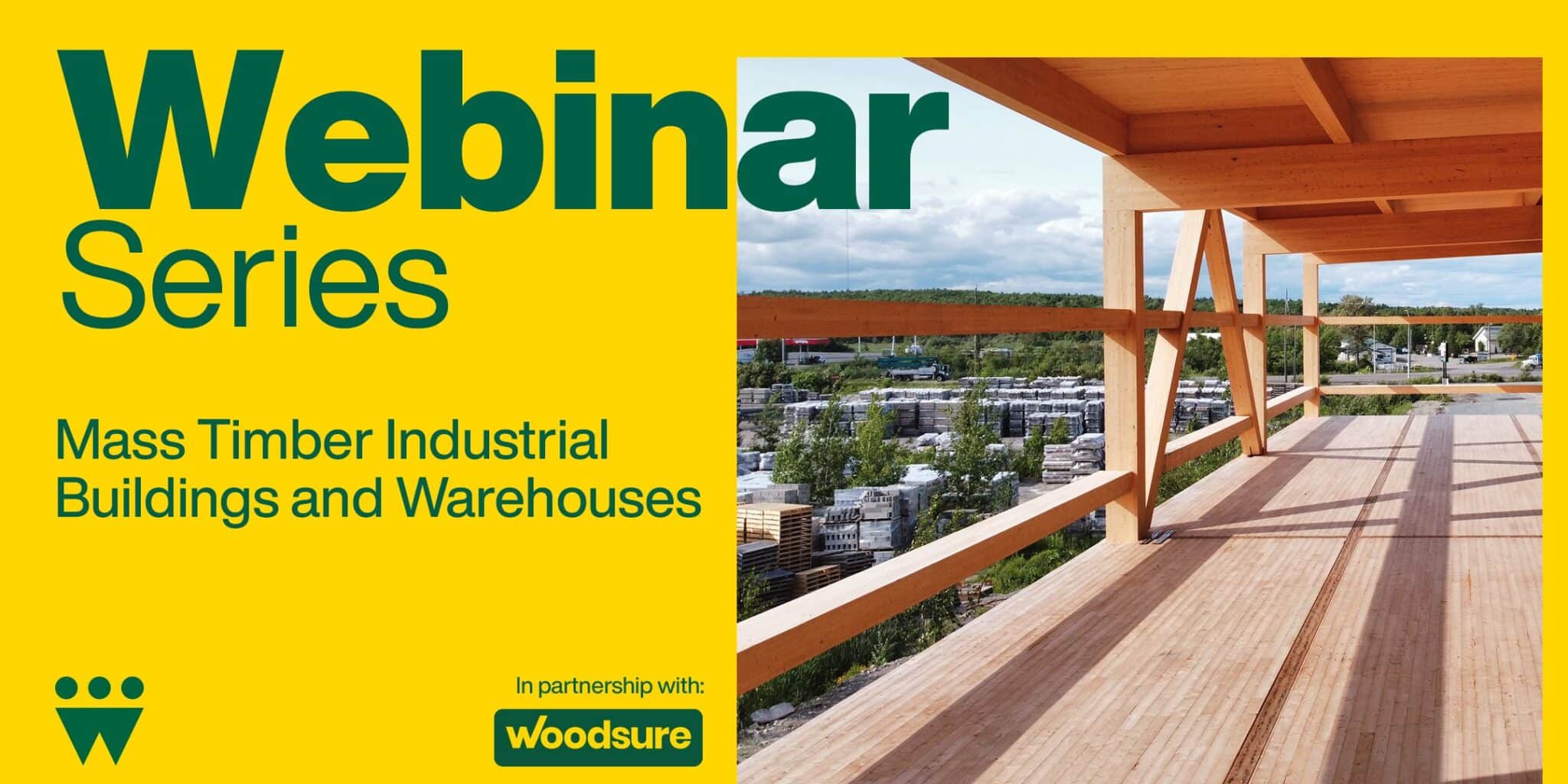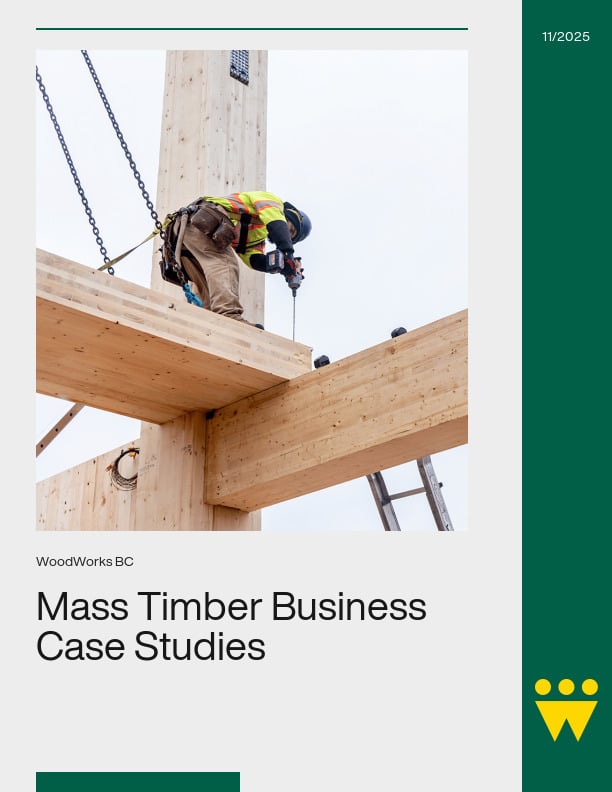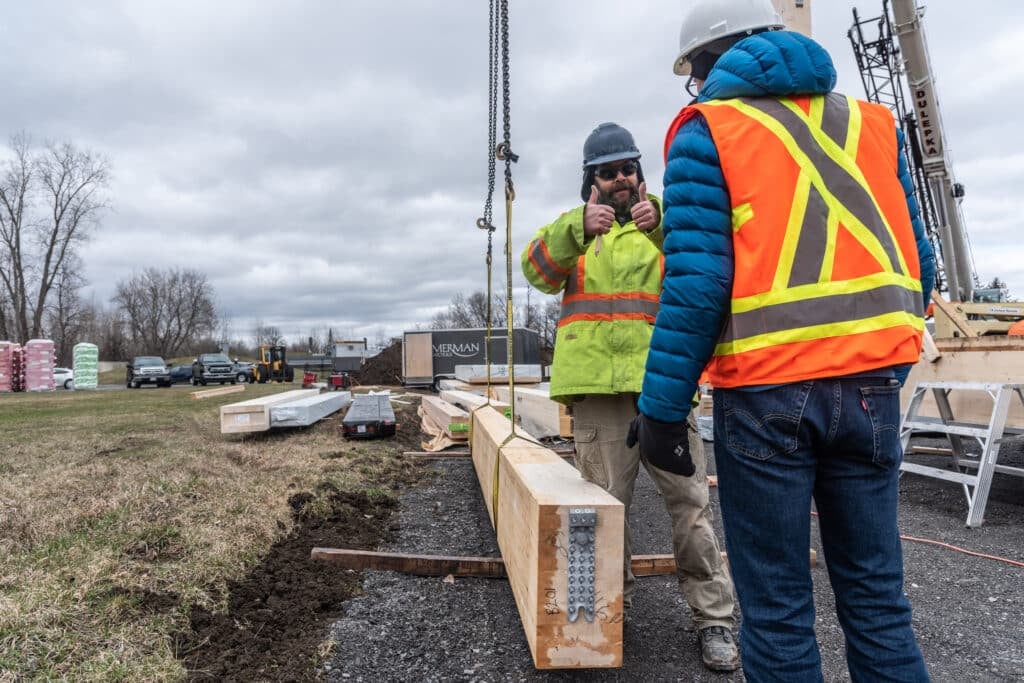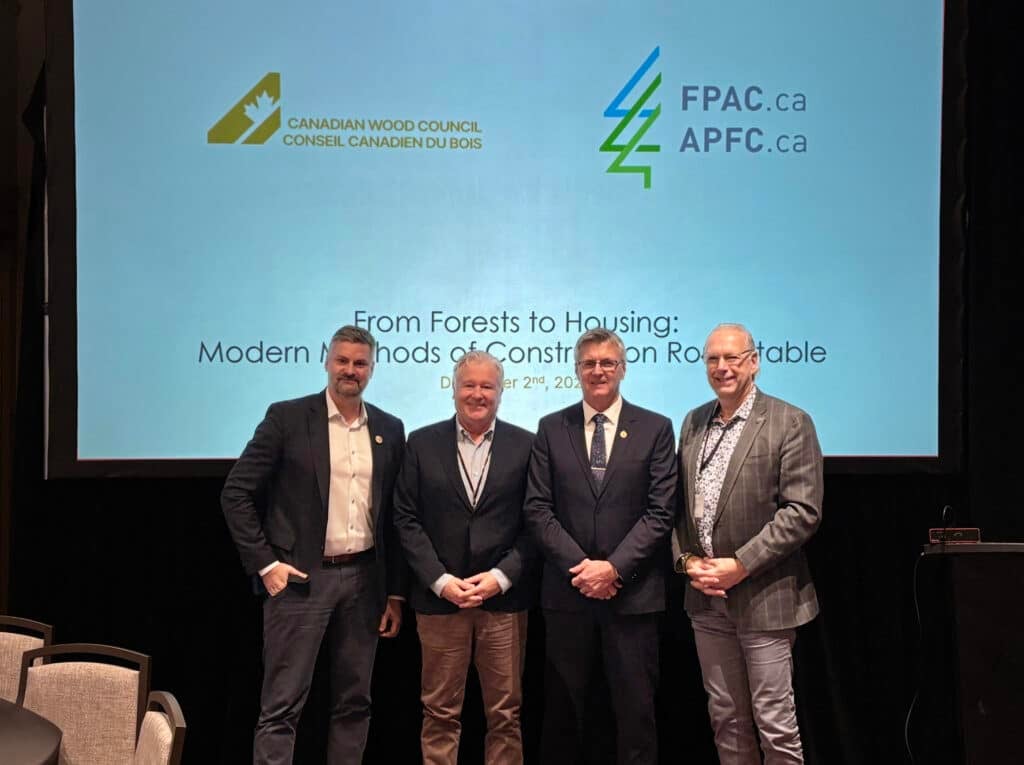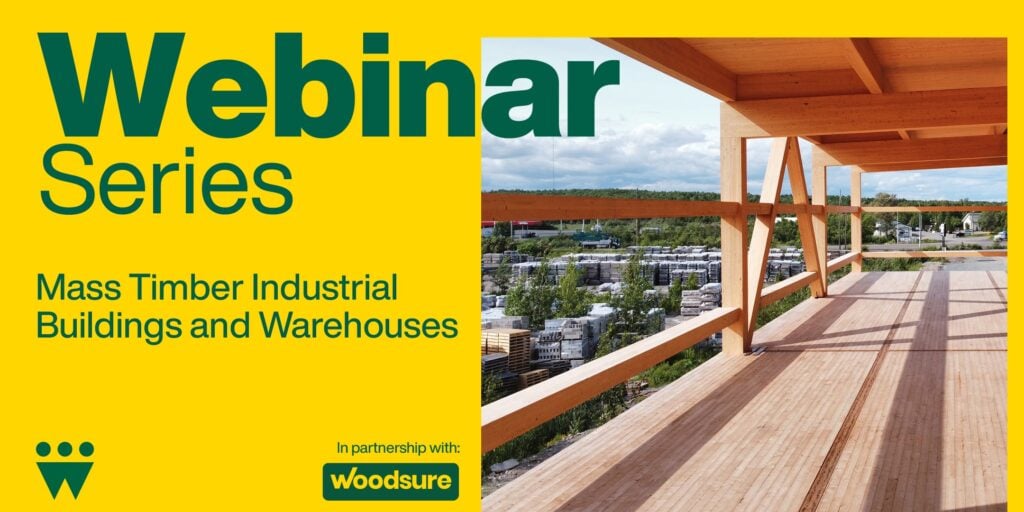Course Overview
This session brings together a panel of experts to discuss lessons learned and visions for wood-based manufactured housing solutions. The panel will address key challenges in scaling modular and panelized wood construction, including design for manufacture and assembly, systems integration, workforce transformation, and product standardization. Innovators throughout the supply chain will explore requirements for bringing scalable mass timber housing into the mainstream, from procurement to policy and from urban infill to supply chain readiness. The discussion will focus on how factory-built housing and wood innovation can contribute to addressing Canada’s housing crisis.
Learning Objectives
- Assess practical lessons learned from implementing modular, panelized, and mass-timber housing projects, including challenges related to design coordination, manufacturing constraints, and on-site assembly.
- Explain how integrated approaches across structure, envelope, and mechanical systems enable scalable, high-performance wood-based housing solutions, drawing on examples from factory-built and turnkey delivery models.
- Evaluate the roles of standardization, procurement models, workforce capabilities, and policy alignment in advancing wood-based manufactured housing as a viable response to Canada’s housing crisis.
Course Video
Speakers Bio
Hailey Quiquero
Technical Manager
WoodWorks Ontario
Hailey is a structural engineer and has focused her career specializing in sustainable architecture and the advancement of timber building systems. Hailey spent several years of her career in research on the behaviour and fire safety of mass timber, as a structural designer with Entuitive in Toronto, and working to develop affordable housing products built of high-performance timber panels, contributing to the successful completion of several turnkey housing projects with Assembly Corp. (previously R-Hauz). In her current role as a Technical Manager for the Canadian Wood Council’s WoodWorks program, Hailey works with the team to aid project teams with technical support and to bring resources and education to industry stakeholders, advocating for the successful implementation of a beautiful and sustainable building material in our built environment.
Ben Chicoine
President
Fab Structures
Kyle Power
Director of Construction
Assembly Corp.
Cara Sloat
Mechanical Principal
Hammerschlag and Joffe Inc.


